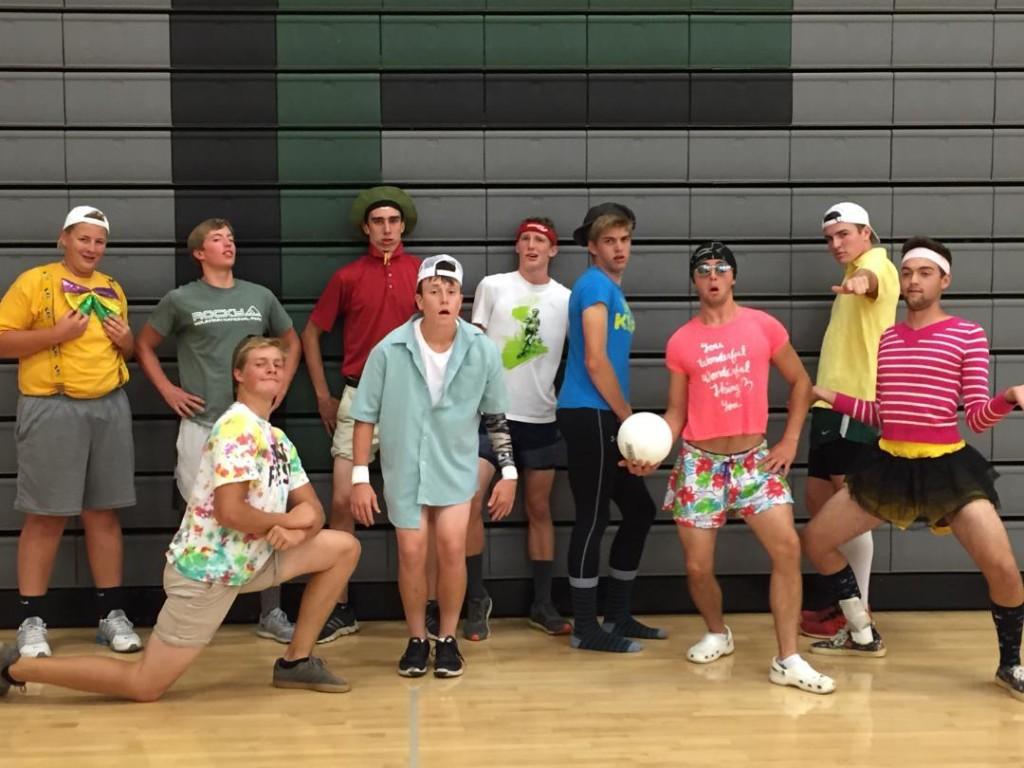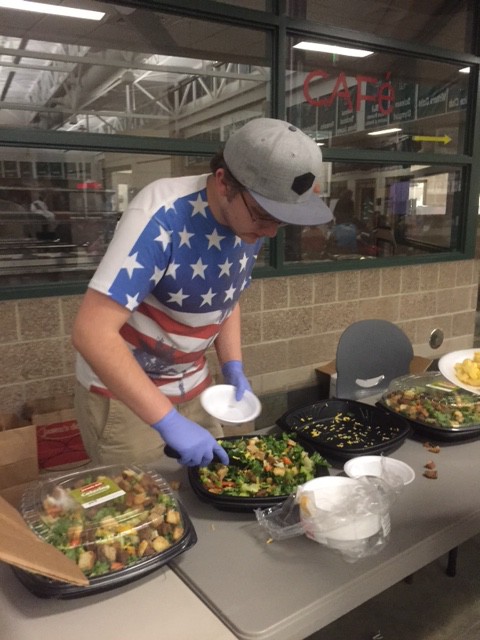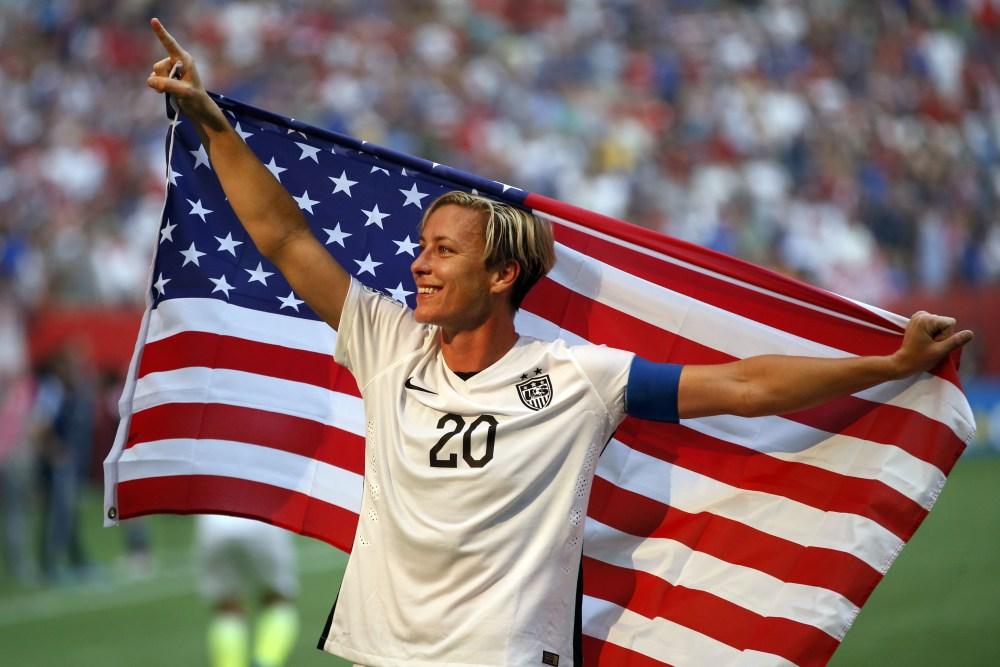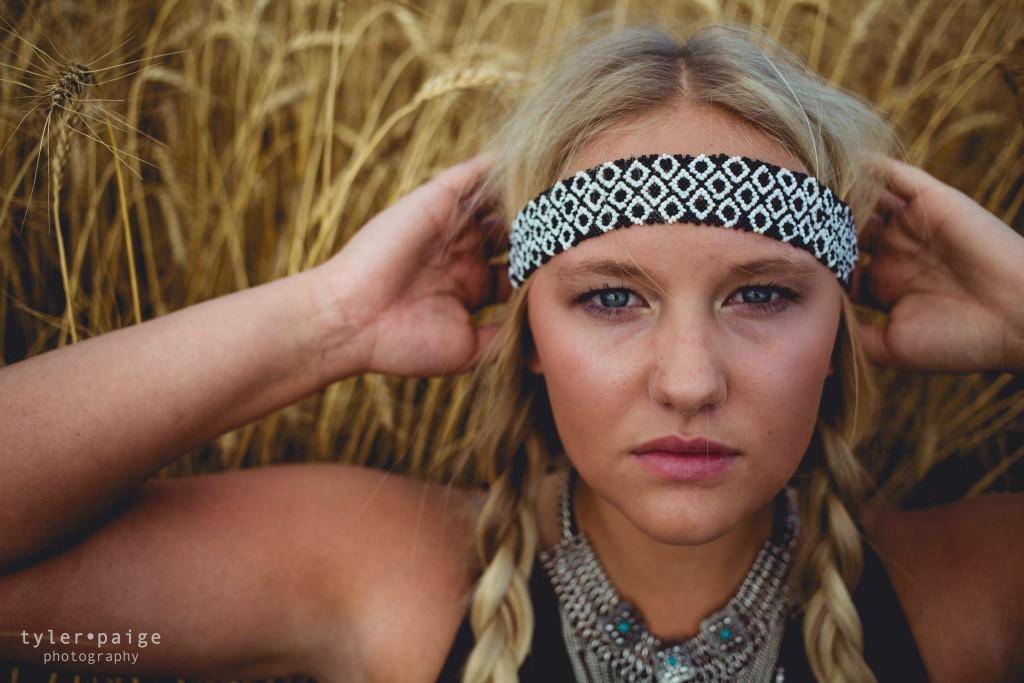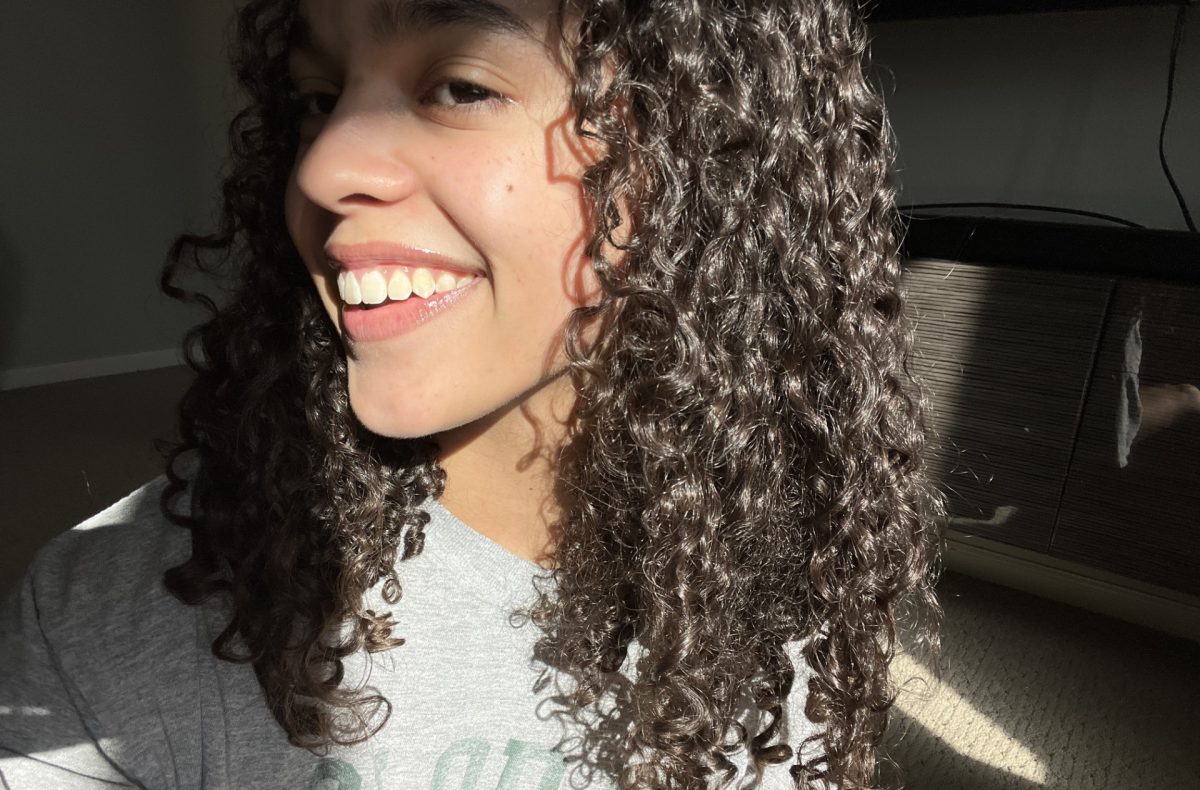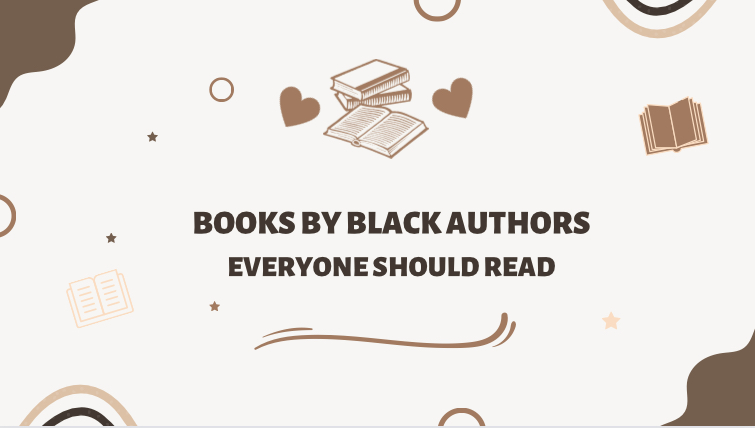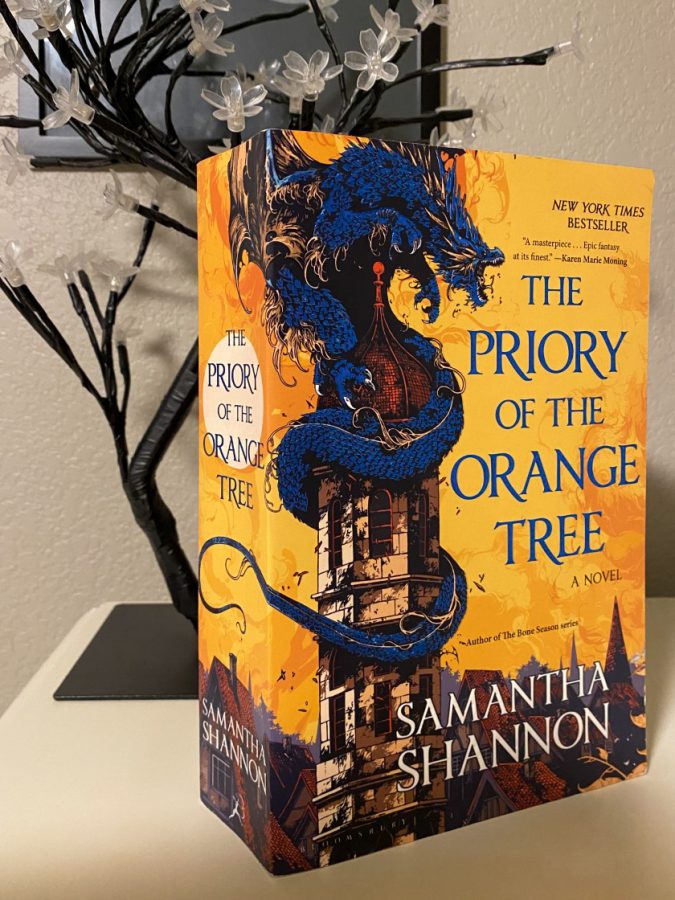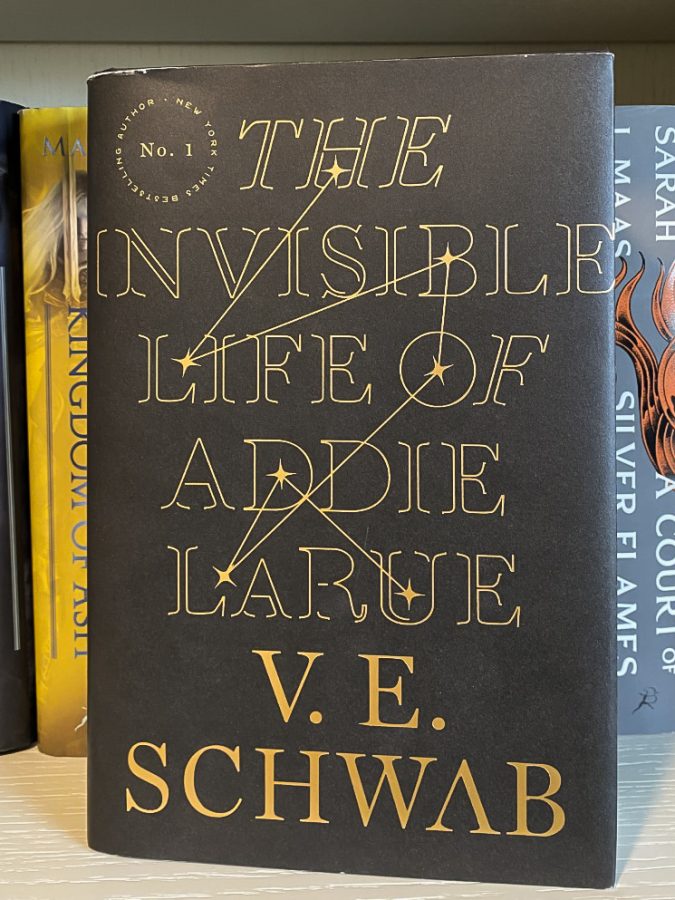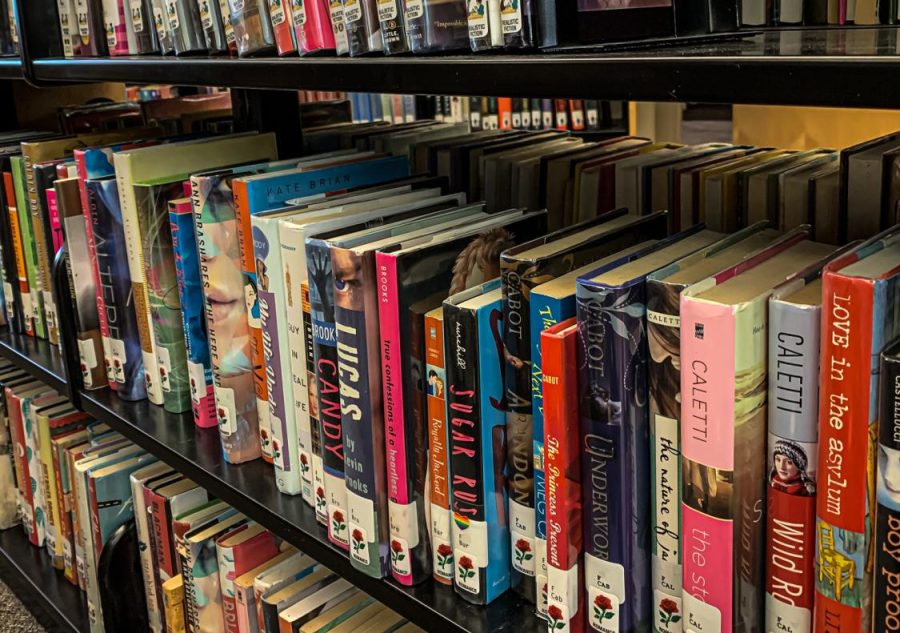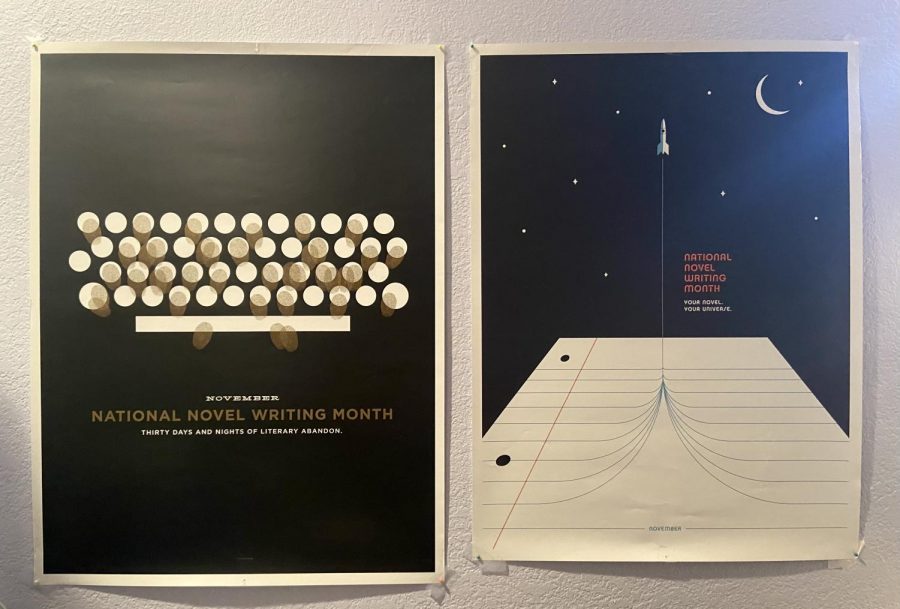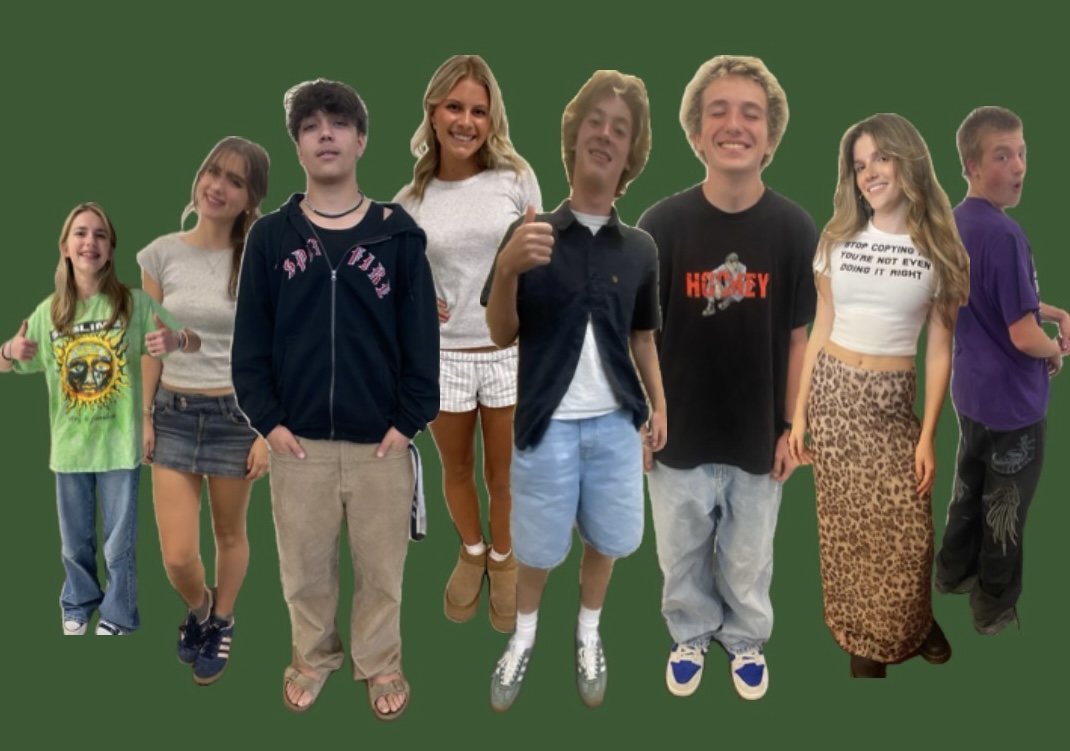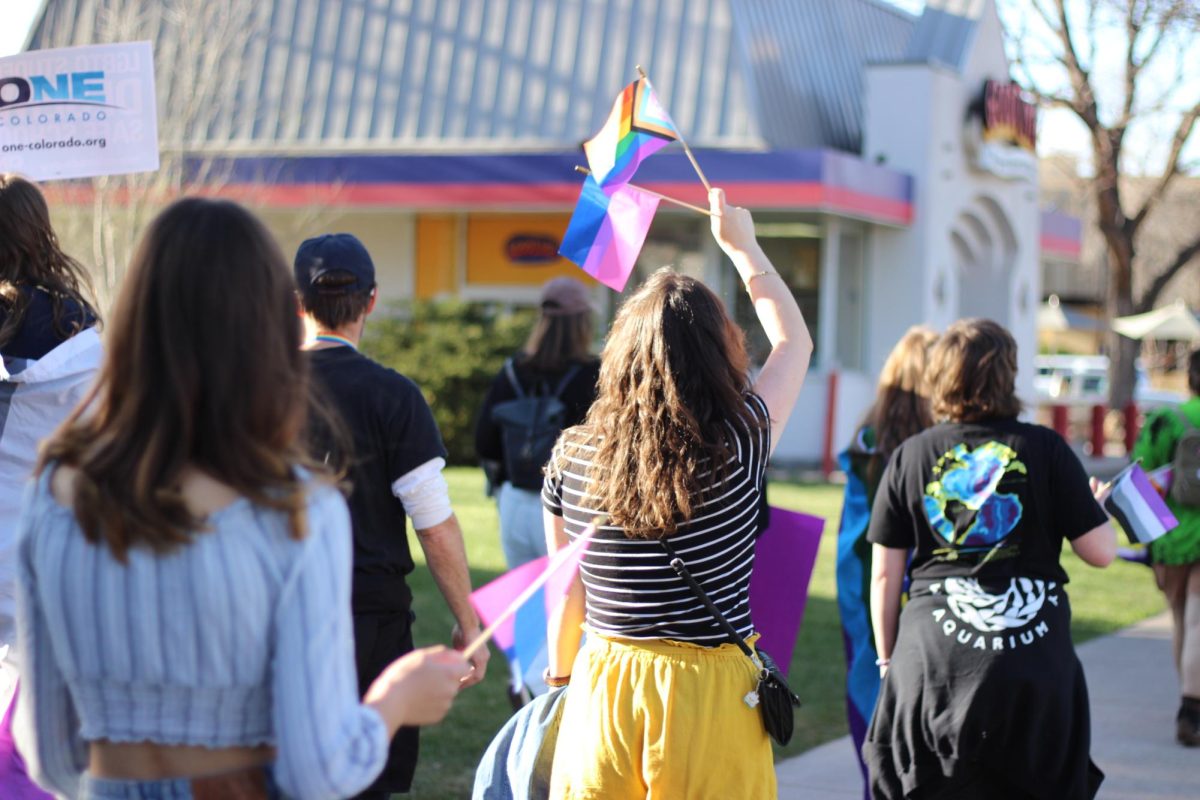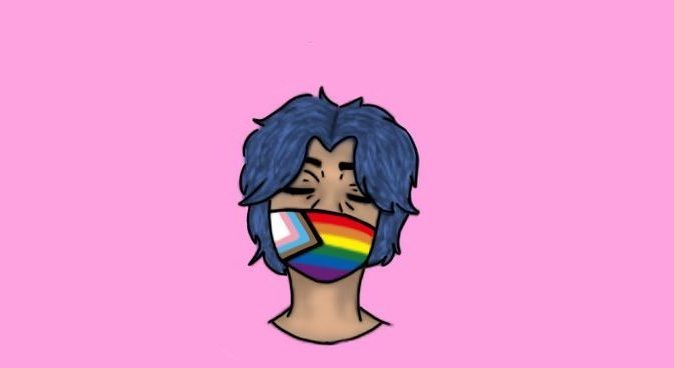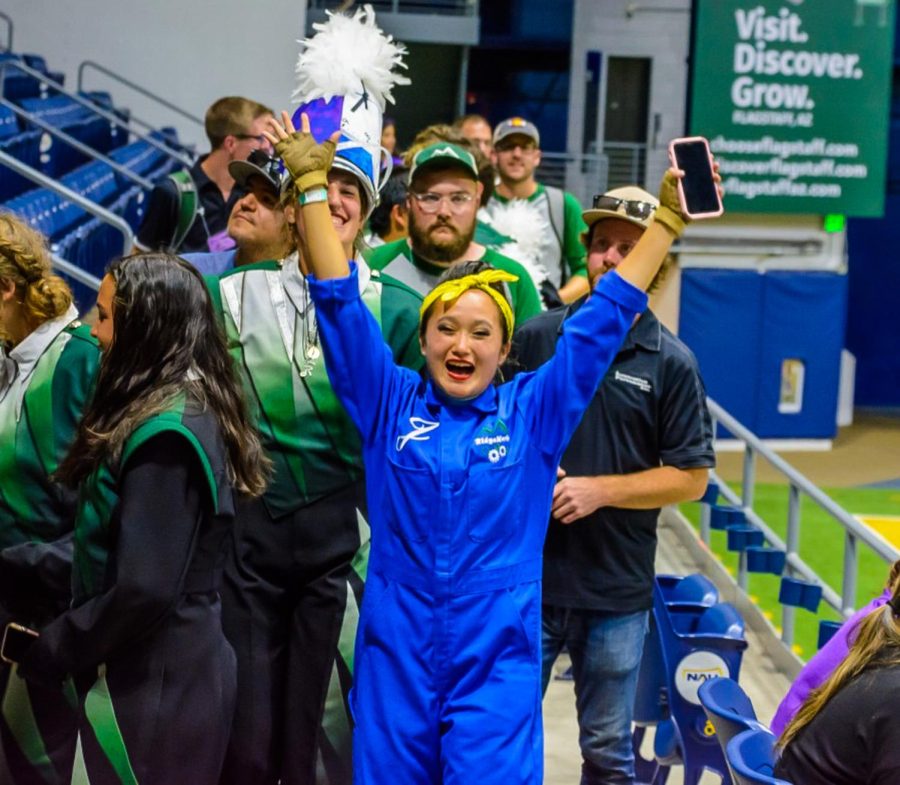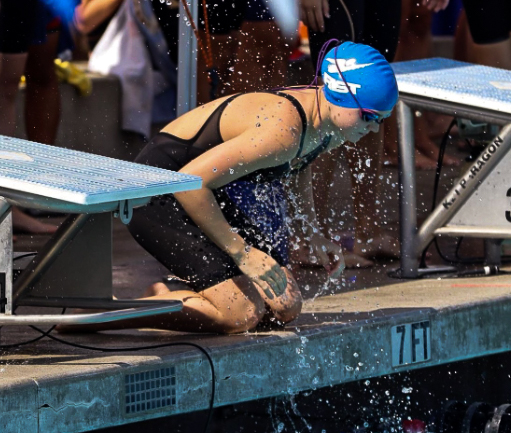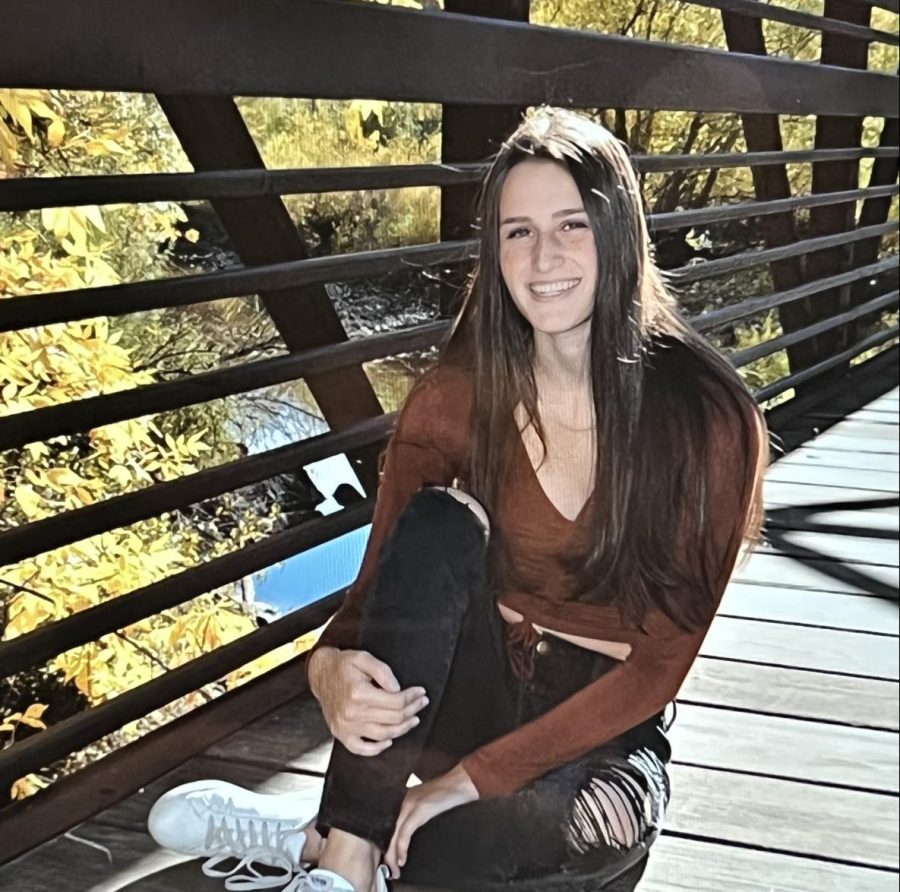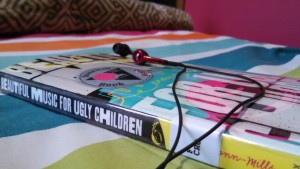
America is the most diverse country in the world (in terms of population), but only fourteen percent of children’s literature published in 2014 has a protagonist of color. Less than forty books published in 2014 had protagonists of American Indian origin, about sixty with Latinos, over one hundred with Asians, and one hundred eighty with African or African American protagonists. This does not seem to matter as much to sixty-two percent of the U.S population, but to the other thirty-eight percent it means the world.
The lack of representation in media does not represent the world, and this needs to change. When people of different ethnicities, origins, and sexualities are shielded from other people like themselves, they feel lost and alone. This indirectly says that a person’s culture is not something to take pride in, and that leads people to feel ashamed and insecure about themselves. Diversity in media allows diverse people to see themselves in their favorite characters, to be proud of their origins, and to have a friend or role model who comes from the same place.
The exclusion LGBTQ+ people and people of color in the media is because of and supports ingrained racism present for all of human history. Many people in America believe that the Civil Rights movement nearly abolished racism, but to this day, the highest numbers of hate crimes are against black people. Between 2000 and 2010 the total number of hate groups in the U.S rose from 600 to 1,000 (though they dropped drastically between 2013 and 2014), and of 5,922 hate crimes reported in 2013, 48.5 percent were based on race, and 20.8 percent because of sexual orientation.
Media without diversity presents a false image of humanity to the world. It discredits a good portion of the population, and the exclusion of diverse cultures prohibits white people from learning about different ways of life. If literature had more diversity, people would learn tolerance by feeling sympathy and support for fictional characters that they translate onto real human beings. They may also discover that they have things in common with people of different origins, and they would feel less afraid of them, which would lead to less violence against them.
In 2014, a group of authors and publishers, fronted by Ellen Oh, launched the We Need Diverse Books campaign to raise awareness of this issue. Their campaign includes supporting diverse books, giving lists of books with diversity and encouraging people to read them based on other popular Young Adult books, and showing other people’s opinion about why we need diverse books. Less than 24 hours after the launch, #weneeddiversebooks was trending worldwide.
Fossil, too, is a diverse place, and contrary to popular belief, the student body does care about other people and issues, they just need to know about them. My goal for this review column is to get people reading diverse books, whether they were good or bad, and get students talking about why they need diversity in their lives. Tweet @serenaEIS, or leave a comment below, and tell the world why you need diverse books, too.
[socialpoll id=”2305928″]




